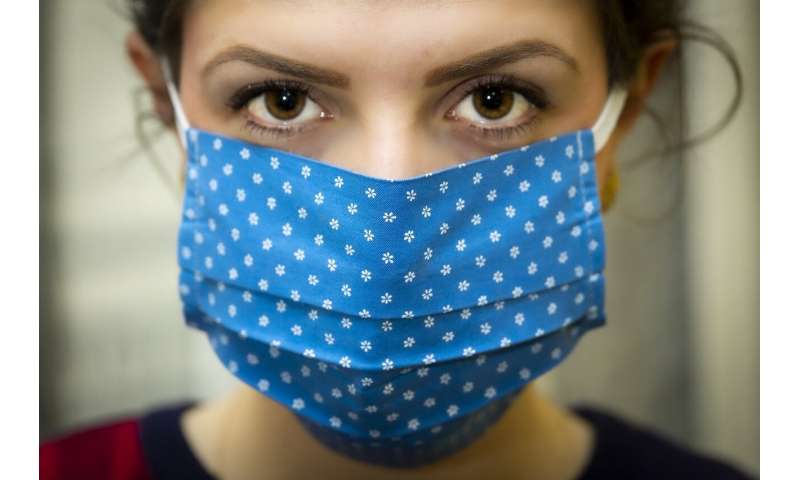
On 22 September 2020, the Norwegian Institute of Public Health was notified of a person with confirmed COVID-19 among passengers on a coach trip in southern Norway. The coach party included 40 people including guide and driver. Almost all the passengers were infected during the seven days they traveled together. Contact tracing around the coach trip has been ongoing in 25 municipalities, resulting in around a hundred cases so far. Five of those involved have been admitted to hospital.
During the coach trip, the passengers have probably led to local cases in Røros, Lillehammer, Dovre, Molde, Førde and Kvamherad, among others. Further transmission from these cases has occurred in Lillehammer, Molde and Kristiansund.
The Norwegian Institute of Public Health has examined the genetic material of the coronavirus from several of the cases and detected a variant of the virus with a change in the largest surface protein, the spike protein. This is the first time we see a virus with this mutation in Norway. It is uncertain how and when the virus entered the country. Almost identical viruses have recently been seen in some other European countries. The virus belongs to a genetic subgroup of the coronavirus called B.1.160.
The spike protein is important for the virus’ ability to bind to human cells.
“We have no information to indicate that this virus causes more severe disease. Viruses with this mutation may affect infectivity and it is therefore important to follow developments. Further investigations will probably provide more clarity as to whether this virus was present before the outbreak related to the coach journey and whether we will see further spread in Norway with this variant,” says Karoline Bragstad, section leader at the Norwegian Institute of Public Health.
There have been major outbreaks of viruses with the same mutation in Australia. Similar viruses have also been detected in the United Kingdom and some other European countries.
In this outbreak, we have seen that many close contacts have been infected, leading to smaller outbreaks locally. The mutation in the virus may have contributed to further transmission.
“It is essential that contact tracing around all confirmed COVID-19 cases is initiated quickly to limit transmission and to help keep the epidemic under control. Thanks to rapid detection, contact tracing, quarantine and measures, the affected municipalities have managed to limit further infection in this outbreak,” says Line Vold, Department Director at the Norwegian Institute of Public Health.
Source: Read Full Article
